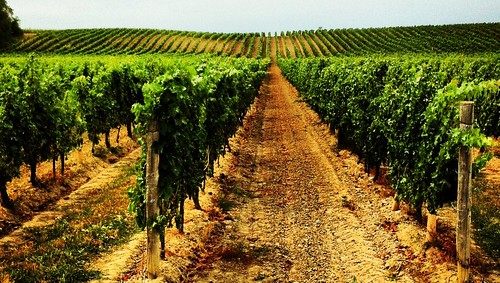
You’d think the mood in Ontario wine country would be just a touch more buoyant. After all, 2012 provided another superb grape harvest, sales of VQA wines at the Liquor Control Board of Ontario are up by double digits and total production of VQA wines continues its steady climb.
But dominating the conversation in Ontario is access, or lack thereof, and the rut the wine industry finds itself in getting the ever-increasing flood of good VQA wines into the mouths of those who want it.
Ontario is still under the firm control of the government owned LCBO, the only liquor retailer in the province, despite the efforts of the Ontario Wine Council, which has recently advocated for private retail stores that would open up new avenues of choice for consumers.
The wine council launched its mywineshop.ca campaign in the fall of 2012 urging consumers to write to their members of the provincial legislature to push for a partial private retail system. It wants more choice of not only Ontario VQA wines, but all wines, much like the system in B.C. where there are nearly 700 private retail stores.
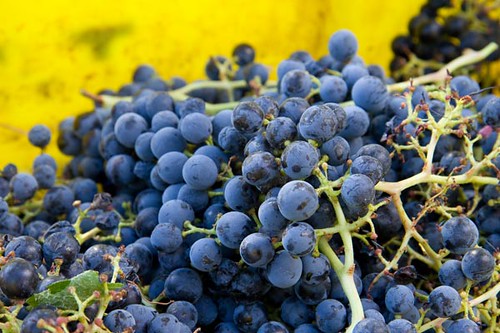 Only 200 different VQA wines, mostly from Niagara, make it to the shelves a year at the LCBO’s Vintages stores when thousands, 120 different wines every two weeks, are released at Vintages.
Only 200 different VQA wines, mostly from Niagara, make it to the shelves a year at the LCBO’s Vintages stores when thousands, 120 different wines every two weeks, are released at Vintages.
On the last day of 2012, the Ontario government responded to the wine council’s proposal by announcing that it is going to open up some grocery store LCBO kiosks in under-served areas of the province to quell the growing tide of discontent.
Wine council president, Hillary Dawson, who represents over 80 of the 138 VQA wineries in Ontario, said it wasn’t the news she wanted to hear. But at least the government is “finally starting a dialogue on retailing in Ontario. At least we’re talking about it.”
She called it “one small step for man” and “the acknowledgment of the problem.”
“Our position is that there has to be a lot more than that,” says Dawson. “Something has to change, other provinces are already there.”
She says the wine council will continue to keep up the pressure to steer the province into partial privatization, especially as Ontario appears headed to a provincial election this year after a new governing Liberal leader, Kathleen Wynne, was chosen in January.
Dawson feels greater access to a wider variety of wines, especially local wine, will become part of the conversation during a provincial election for the first time.
“It feels good,” she says. “I really fell like we have the people’s attention on this. I feel like it’s (private retail) going to happen.”
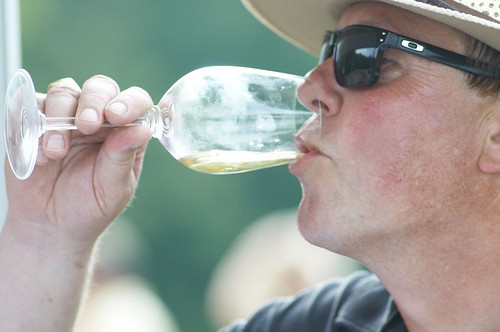
For Harald Thiel, above, owner of the Hidden Bench winery in Niagara and chairman of I4C, a celebration of international cool climate chardonnay producers who converge in Niagara every year, the key to success for Ontario wineries moving forward is quality.
“We need to be at the premium end of the spectrum because of the cost of production in Ontario,” Thiel says. “We need to focus less on quantity and more on quality. Everybody needs to bring their ‘A’ game.”
Thiel feels Ontario is perfectly positioned to take its place among the great wine regions of the world.
“I’m pleased with the progress we’re making and our timing is perfect with the movement to a fresher style of wines.”
Wines In Niagara Ontario Vintage Chart
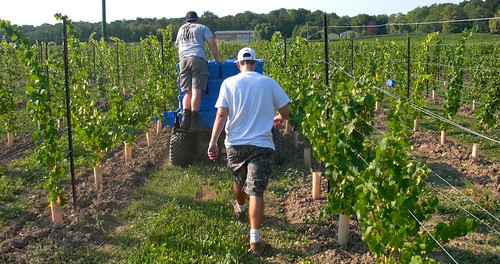
The 2012 growing season was just about as perfect as it gets in Ontario. Hot, dry, early and favourable to both red and white varieties. Spring got off to a very early start and disaster was averted when a killer frost threatened vines but caused limited damage in the end. Harvest in Niagara was two to three weeks early (with picking beginning in mid-August) and avoided the severe rains in September that sent pickers scrambling to bring in what was left of on the vines. Harvest in Lake Erie North Shore enjoyed drier conditions than elsewhere while Prince Edward County received significantly more rain than Niagara. This vintage should prove excellent across the board for all varieties. Look for ripe, concentrated wines that will age gracefully.
2012 ★★★★★★½ (out of seven, tentative)
The mood in Niagara during the early harvest of 2012 was one of pure joy. Ripe fruit in pristine condition after a long, hot summer and early fall sent grape pickers into the vineyards in mid-August to harvest early-ripening varieties. It was one of the earliest harvests on record for all varieties with only a slight hiccup during a brief rainy period in September. Reports from all regions in Ontario indicate a near-perfect season with the Bordeaux-style red grapes leading the way. Winemakers were also excited by the white grapes, especially chardonnay, riesling and sauvignon blanc, that all showed both juicy ripeness and natural acidity. The largest icewine crop was netted since 2007, an indication that Canada’s most famous export was set for a rebound in 2012.
Whites: Not yet released
Reds: Not yet released
2011 ★★★★★½
The extremely wet fall, during the peak of harvest for most varieties, has meant careful buying strategies. Quality varies from winery to winery, and it will depend a lot on picking decisions that were made. Pinot noir, gewürztraminer, baco noir and cabernet franc escaped the worst of the wet harvest, while chardonnay was hardest hit. Late-harvest and icewine rieslings were also affected by late-season rain. That being said, there are some very nice wines from 2011. Shop carefully.
Whites: Drink now or hold 3 to 5 years
Reds: Cellar 5 years
2010 ★★★★★★½
Winemakers across Ontario have never been happier with a vintage. The harvest started in the extreme heat of August and continued without concern through October. The red varieties, especially cabernet franc, cabernet sauvignon and merlot, are some of the best grapes grown in Ontario and should age gracefully. Even the whites show wonderful complexity, without being flabby and soft. You can purchase most Ontario wines from 2010 with confidence.
Whites: Drink now or cellar 5 years or less
Reds: Cellar 5 to 10 years
2009 ★★★★★
In many ways, 2009 was similar to 2008. A cool, wet summer put the harvest up to 14 days behind for most red varieties, but a long, warm fall saved the vintage. Aromatic whites, particularly many exceptional rieslings, are the stars of the vintage, along with the fabulous pinot noirs that are proving to be the best in recent memory. Bordeaux varieties had trouble ripening, especially cabernet sauvignon. Many wineries didn’t make their top red wines.
Whites: Drink now or cellar 5 years or less
Reds: Drink now or cellar 5 years (especially pinot noirs)
2008 ★★★★★½
It was a wet growing season in Ontario, especially in Niagara and Prince Edward County, and grape ripening in all appellations was a challenge. The quality of this vintage depended entirely on vineyard management. Whites and cool-climate reds (pinot noir and gamay) fared better than other varieties. The ’08 rieslings and other white varieties are superb, but consumers should be selective with the reds. Complex chardonnays are the stars of the vintage.
Whites: Drink now or cellar 5 years or less
Reds: Drink reds now, cellar whites 3 years or less
2007 ★★★★★★★
The growing season across Ontario was just about perfect. The 2007 vintage was the best in Ontario’s history, up to this point. It was warm, dry and ideal for extended hang time on the vines. The 2007 whites showed beautiful concentration of flavour, but lacked acidity and fell apart quickly. The red wines are proving extraordinary, especially with some age on them, from variety to variety. Look for rich, ripe, concentrated Bordeaux-style reds built to last.
Whites: Drink now
Reds: Drink now or cellar 8 years or more
2006 ★★★★★½
Not as wet as 2008, but still humid and slightly cooler than normal. The mood was upbeat in Ontario as vines recovered from the terrible winterkill of 2005. There was plenty of sunshine in August, but a wet September meant wineries had to employ good vineyard selection. It was a decent year for chardonnay, riesling, merlot, gamay, cabernet franc and pinot noir, and a great year for icewines.
Whites: Drink now
Reds: Drink now or cellar 3 years or less
2005 ★★★★★
This was a disastrous year. An extremely cold winter killed any hope for a healthy vintage, with more than half of the vintage wiped out. Many producers didn’t have enough wine to sell and suffered hefty financial losses. Both Lake Erie North Shore and Pelee Island fared better than Niagara. The irony of the vintage was that, even with a tiny crop, what was grown ended up being pretty good.
Whites: Drink now
Reds: Drink now
2004 ★★★★★½
The 2004 vintage was a major relief for producers following the bad winter of 2003. Conditions improved immensely, and vines recovered from the previous winterkill. Some of the stars of the vintage include riesling, chardonnay, pinot noir, cabernet franc and gamay. Tender varietals didn’t fare nearly as well.
Whites: Drink now
Reds: Drink now, but some Bordeaux blends still going strong
2003 ★★★★★½
This vintage had it all: a horrible winter resulting in another short crop (a reduction of 45 percent of all vinifera vines), the reappearance of the Asian lady beetle (which causes a nasty taint in wines) and, despite all of that, the emergence of some mighty fine whites. The rating for this vintage is really split between red and white wines: a 4.5 for red wines and a 6.0 for whites.
Whites: Drink now
Reds: Drink now


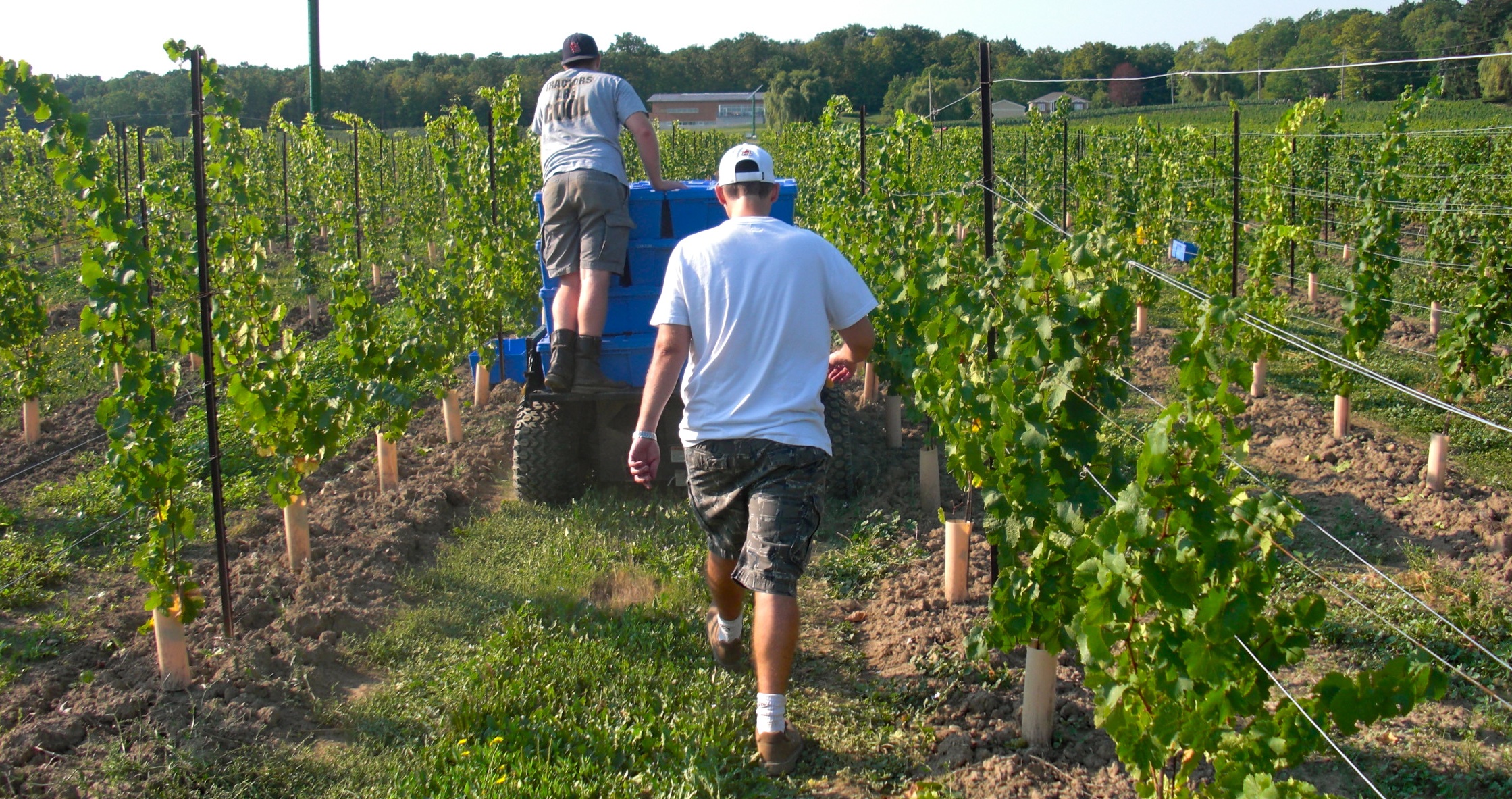




Comment here